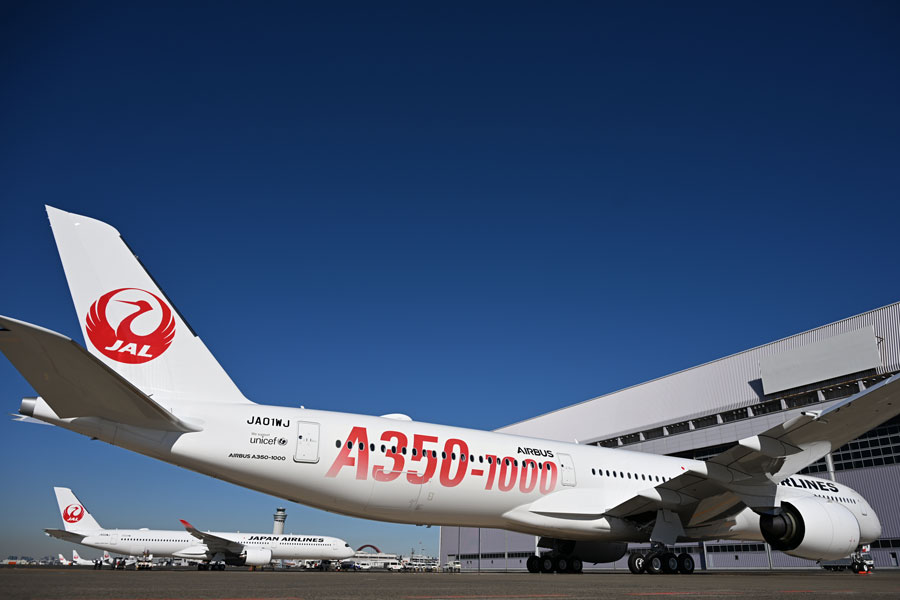
JAL and JTA to Raise International Fuel Surcharges for Tickets Issued from February 2026
Three flight crew members were operating Flight 516. Normally, two crew members can operate an Airbus A350, but this flight had an additional co-pilot seated on the right, undergoing transition training from a Boeing 767 to an A350.
The mentioned co-pilot already possessed the national qualification to be an A350 co-pilot, but meeting JAL’s internal requirements entails engaging in practical training during regular flights. Only after completing this on-the-job training and passing an internal examination is one officially certified as an A350 co-pilot.
The captain, who sat in the left seat, belonged to the A350 training department and was a flight instructor, holding the qualifications to instruct trainees like the aforementioned co-pilot.
A third pilot seated in the observer seat was fully qualified as an A350 co-pilot. According to company policy, to have a yet-to-be-confirmed co-pilot seated in the right seat, a qualified pilot must monitor from behind, referred to as a safety pilot. So, on this occasion, three pilots operated the flight.
This arrangement ensures careful monitoring from the back, and the right seat co-pilot carried out the landing under this system.